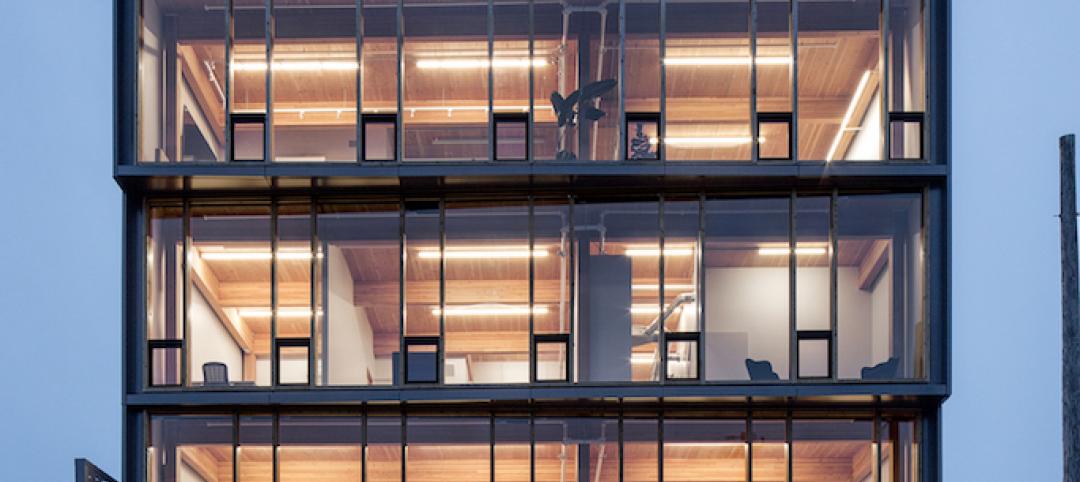Over the years, the industry has relied heavily on the increasing performance of low-e coatings to drive window U-factors (thermal transmittance) lower. However, the full performance of the window is driven by the frame and the edge of glass conductance, and neglecting the window perimeter can result in poorly performing fenestration systems that do not meet US national model energy codes, are uncomfortable to sit next to, and result in problematic condensation.
In order to help designers specify the appropriate fenestration components and performance, the factors that contribute to the U-factor and condensation resistance of a window are deconstructed. The sensitivity of edge of glass and window U-factors to different edge of glass design parameters, such as frame bite relative to the sight line, sealant height, spacer conductivity etc. are also examined. The data show that when reviewing the thermal performance of different edge of glass solutions, it is important to compare "like with like" relative to sealant height, frame bite and desiccant fill, since all these factors impact thermal performance. Also, it is critical to ensure that thermal simulations are done using edge of glass constructions that include the actual amount of sealant which will be used in the final project.
Related Stories
Sponsored | Performing Arts Centers | Jan 17, 2024
Performance-based facilities for performing arts boost the bottom line
A look at design trends for “budget-wise” performing arts facilities reveals ways in which well-planned and well-built facilities help performers and audiences get the most out of the arts. This continuing education course is worth 1.0 AIA learning unit.
Sponsored | Multifamily Housing | May 8, 2022
Choosing the right paver system for rooftop amenity spaces
This AIA course by Hoffmann Architects offers best practices for choosing the right paver system for rooftop amenity spaces in multifamily buildings.
Sponsored | BD+C University Course | Apr 19, 2022
Multi-story building systems and selection criteria
This course outlines the attributes, functions, benefits, limits, and acoustic qualities of composite deck slabs. It reviews the three primary types of composite systems that represent the full range of long-span composite floor systems and examines the criteria for their selection, design, and engineering.
Sponsored | BD+C University Course | Jan 12, 2022
Total steel project performance
This instructor-led video course discusses actual project scenarios where collaborative steel joist and deck design have reduced total-project costs. In an era when incomplete structural drawings are a growing concern for our industry, the course reveals hidden costs and risks that can be avoided.
















